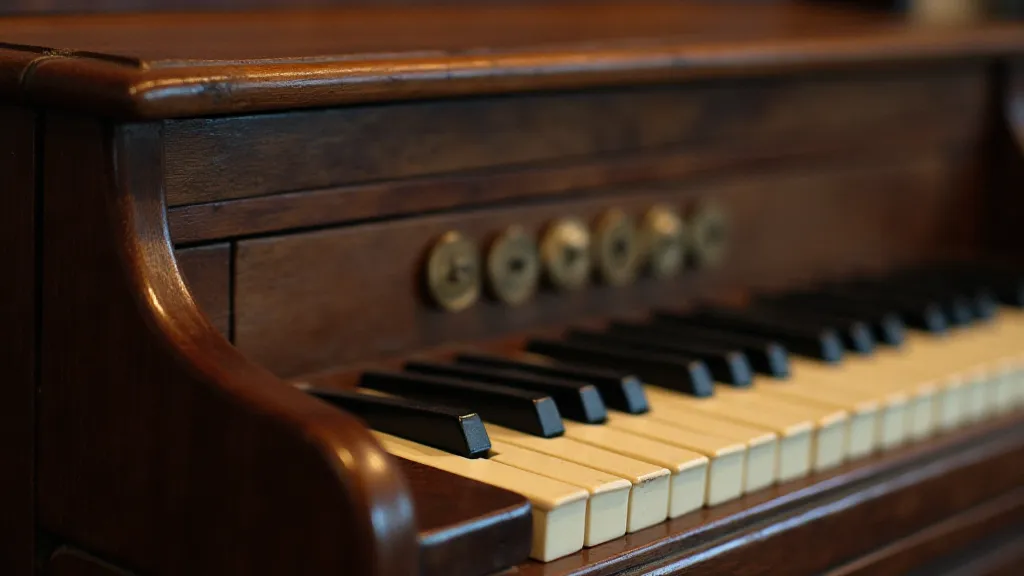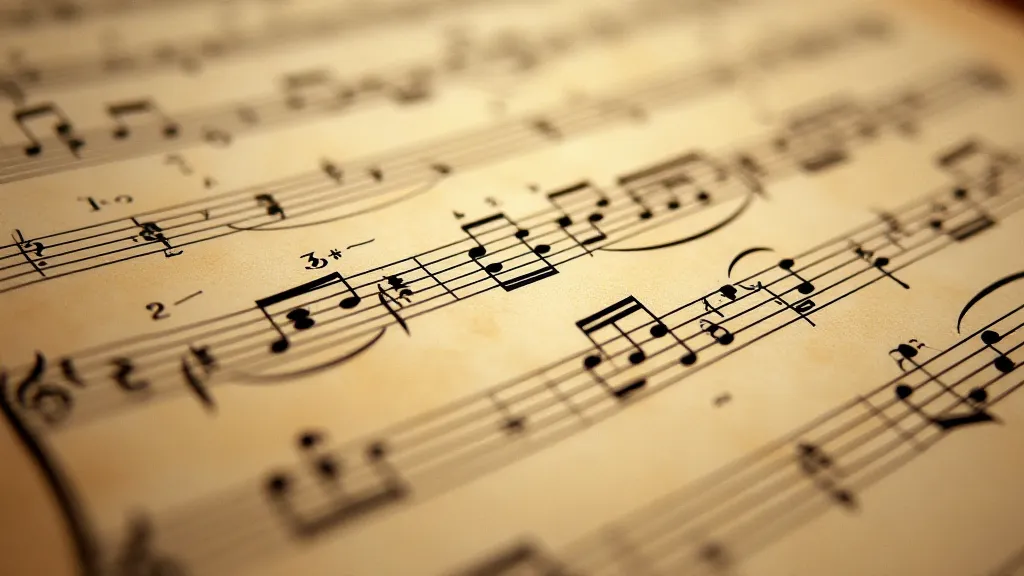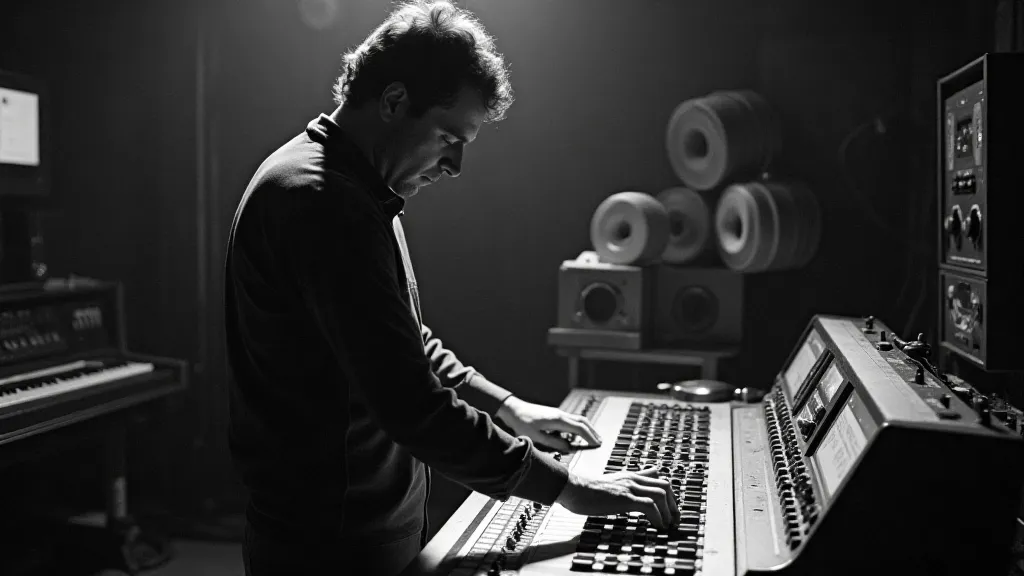The Composer's Palimpsest: Layers of Meaning in Film Scores
The forgotten film soundtrack. It’s a haunting prospect, isn't it? Not just the loss of a beautiful work of art, but the silencing of a conversation – a dialogue between the director's vision, the actors' performances, and the composer's deeply personal response to it all. We often think of film scores as linear narratives, simply accompanying the visuals. But the truly remarkable ones, the ones that linger in memory long after the credits roll, operate on a far more intricate level – they're palimpsests, layered with meaning, evolving and reshaping throughout the film’s journey.
The term "palimpsest," borrowed from ancient manuscripts, describes writing material scraped or washed clean and used again. The original text remains faintly visible beneath the newer script, creating a fascinating interplay of history and present. Just as a palimpsest reveals traces of earlier layers, a masterful film score weaves together recurring themes, motifs, and melodic fragments, creating a complex emotional tapestry. These aren’t mere repetitions; they’re transformations, reflections, and commentaries on what's unfolding on screen. Understanding the nuance of these musical cues, and how they interact with the narrative, can be akin to deciphering a composer's secret language.
The Echoes of Memory: Recurring Motifs
Consider, for instance, Dimitri Tiomkin’s work on High Noon (1952). The film’s central theme, a simple, almost mournful melody, initially evokes a sense of quiet desperation and loneliness. Yet, as the film progresses, that same melody morphs. It’s played faster, more urgently, underpinned by frantic percussion, representing Kane’s growing anxiety and the relentless pursuit of justice. The original theme isn't lost; it’s *reinterpreted* within the evolving context of the narrative. We, the audience, are privy to this unspoken dialogue, recognizing the familiar melody while experiencing its newly intensified emotional weight.

There’s a particular beauty, I’ve found, in the sound of antique accordions, frequently used in classic film scores. Their slightly out-of-tune character, the subtle imperfections in their mechanism – they possess a vulnerability, a human quality that's sorely lacking in some of the more sterile, digitally-perfected sounds of modern scoring. My grandfather, a Polish immigrant, played the accordion, filling our home with melancholic melodies, mostly forgotten folk songs. The instrument, battered and worn, felt like a direct connection to a fading heritage. It's that same sense of history, of echoes from the past, that resonates so powerfully within many of these vintage film scores. The careful use of silence, in contrast, can create equally powerful effects, demonstrating that what isn’t played is as important as what is; we might examine this concept further by delving into the unwritten score and the potential that resides within silence.
Evolutionary Scores: Themes in Transformation
The concept of a score as a static entity is a fallacy. Take Bernard Herrmann's work on Psycho (1960). The shower scene’s jarring strings, often instantly recognizable, are built upon a seemingly innocuous, almost childlike melody. This juxtaposition of innocence and terror is key to the scene’s horrifying effectiveness. But Herrmann doesn’t simply repeat the melody. He fragments it, distorts it, and recontextualizes it throughout the film, subtly manipulating the audience’s perception of Norman Bates. The score isn’t just *accompanying* the horror; it’s *generating* it.
This process of thematic evolution is rarely accidental. Composers meticulously plan these transformations, often employing techniques like inversion, retrograde, and augmentation to subtly alter the original melody’s emotional impact. It requires not just musical talent, but a profound understanding of narrative structure and character psychology. Sometimes, the most potent effect is achieved by deliberately omitting music, allowing for moments of intense reflection and drawing attention to the subtleties of the visual storytelling – consider exploring resonance of absence, demonstrating that a lack of music can be as profound as a powerful crescendo.
The Curator’s Eye: Restoration and Appreciation
The survival of these forgotten soundtracks is often precarious. Original scores can be lost, damaged, or simply overlooked in the rush to digitize and streamline film archives. Thankfully, a dedicated community of archivists, restorers, and film music enthusiasts are working tirelessly to preserve these invaluable treasures. Restoration can involve painstaking efforts to clean and repair damaged recordings, or to reconstruct missing cues based on existing film reels and production notes.

Collecting original film scores is a niche pursuit, demanding both deep pockets and a discerning eye. Authenticity is paramount; provenance – the history of ownership – is crucial. Scores from smaller, lesser-known films are often more accessible, but their rarity can also drive up prices. Beyond the monetary value, however, lies the immense satisfaction of possessing a tangible link to a vanished era of filmmaking. The underlying architecture of film music, and its ability to evoke feeling and create atmosphere, often goes unnoticed – it’s a complex and often overlooked art form, a chromatic ghost that haunts our memories.
The Power of Silence: Absence as a Motif
It’s also important to recognize that absence can be as powerful as presence in a film score. The strategic use of silence – the deliberate withholding of music – can create a palpable sense of tension, dread, or emotional vulnerability. The masterful silence, like a carefully placed motif, amplifies the impact of subsequent musical cues.
Consider Ennio Morricone’s work, particularly his use of vast, empty spaces – the sound of wind, the creak of a saddle, the distant howl of a coyote – to establish the desolate atmosphere of Sergio Leone’s spaghetti westerns. These weren't just sound effects; they were integral components of the score, evoking a sense of vastness, loneliness, and impending danger. The intricate tapestry woven by a film composer requires more than just musical ability; it demands a deep understanding of the nuances of storytelling and the power of suggestion - it’s a composer’s secret language that can profoundly shape our emotional experience.

A Living Legacy
The forgotten film soundtrack is more than just a collection of melodies and harmonies; it's a time capsule, a window into the creative process, and a testament to the enduring power of music to enhance and enrich our cinematic experiences. By recognizing the palimpsestic nature of these scores – the layers of meaning, the evolving themes, the strategic use of absence – we can unlock a deeper appreciation for the artistry and craftsmanship that went into creating them. The subtle art of manipulating musical cues, creating moments of tension and release, and guiding the audience's emotional journey requires a mastery of technique and a profound understanding of the human psyche. The artistry lies not only in the notes themselves, but also in the spaces between them, the pregnant pauses that allow the emotions to resonate. The revival and celebration of these lost treasures are vital to preserving a crucial part of our cultural heritage, ensuring that the composer’s voice continues to resonate for generations to come. The power of film music transcends mere accompaniment; it’s a dynamic force that shapes our perception, intensifies our emotions, and elevates the cinematic experience to an art form.





